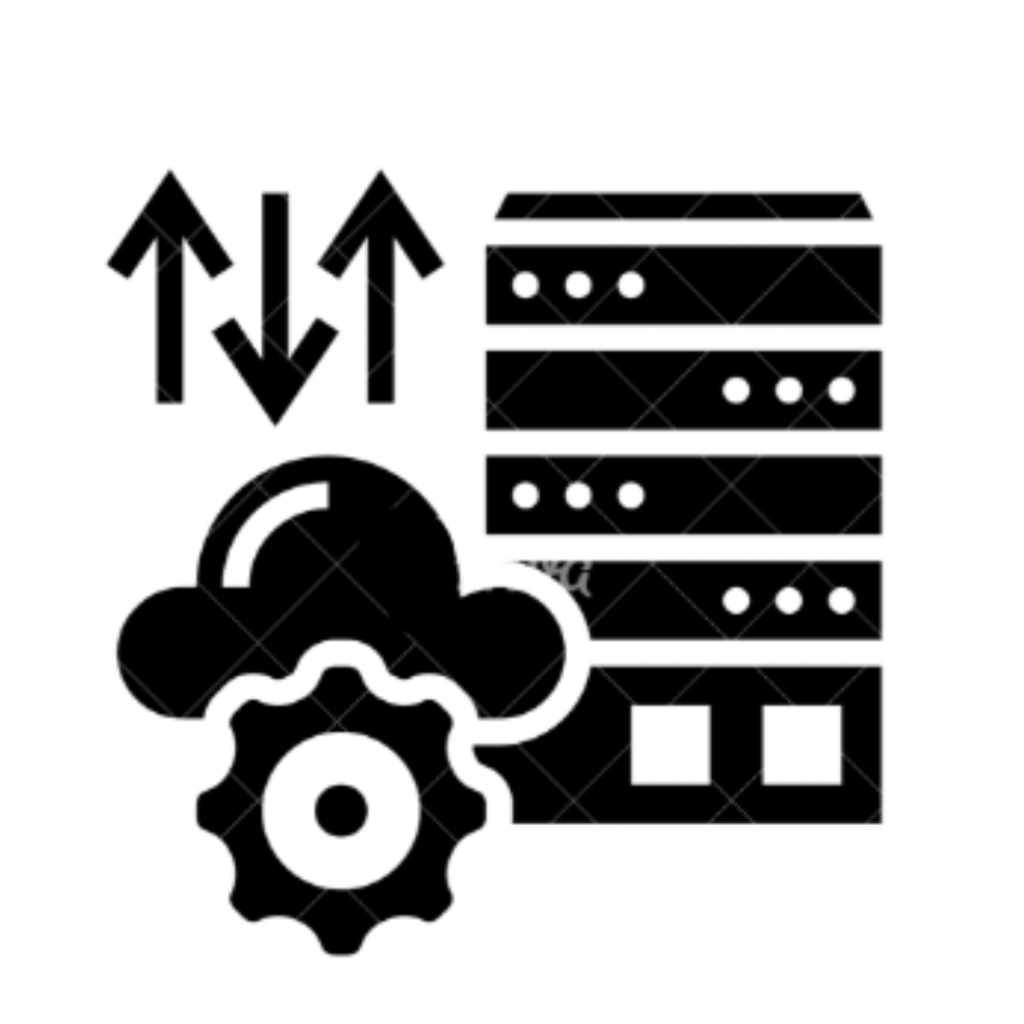Keep your cloud environment secure with this practical cloud security checklist from our Cloud Management Team. This checklist includes steps for data protection, identity management, patching, and incident response.
A cloud security audit is a structured evaluation that assesses an organization’s protection of its digital assets in a cloud environment. Usually carried out by independent auditors, the process looks at policies, checks technical safeguards, and verifies if the existing measures actually work. The goal is to confirm that data and applications in the cloud remain confidential, available, and accurate.
The purpose of a security audit is to see if the chosen safeguards are strong enough to stand against threats. It tests how well security practices align with the company’s goals and compliance needs. The outcome highlights gaps and offers direction for improvement, ensuring physical, administrative, and technical defenses are functioning as intended.
Overview
Top Cloud Security Risks
Before tackling solutions, let’s look at some of the common risks in cloud environments:
- When companies cannot fully see activity in the cloud, they risk losing control over critical data and processes.
- Harmful software like ransomware or spyware can spread quickly if protection is weak.
- Exposed data can result in financial losses, regulatory penalties, and damaged reputation.
- Losing customer or business information can severely impact trust and operations.
- Inadequate safeguards leave systems exposed to cyberattacks.
Critical Components of Cloud Protection
1. User Access Management
Careful management of user accounts and privileges prevents unauthorized exposure of sensitive data. The principle of least privilege ensures that people only access the information necessary for their role.
2. Preventing Intrusions
Firewalls and intrusion detection systems help reduce the risk of unauthorized access. Proactive monitoring adds another layer of defense.
3. Encryption of Data
Encrypting information in storage and during transfer protects it from being read by attackers. Strong key management practices are vital for encryption to be effective.
4. Compliance Requirements
Sticking to data protection regulations helps organizations avoid penalties while maintaining customer trust.
5. Data Backup and Recovery
Regular backups provide a safety net against accidental deletions, ransomware, or system failures. Testing recovery processes ensures that backups actually work in emergencies.
6. Continuous Monitoring
Security tools that monitor for suspicious activity can detect threats early and trigger prompt responses.
The Complete Cloud Security Checklist
Here are a few practical steps by our experts that your business can adopt:
- Understand Risks
- Identify sensitive data, control how it is accessed, and watch for unauthorized tools (shadow IT).
- Define Shared Responsibilities with Providers
- Clarify roles with your cloud service provider. Each model, like IaaS or SaaS, has different responsibilities.
- Establish visibility, maintain compliance, and prepare an incident response plan.
- Create Data Protection Policies
- Classify information by sensitivity.
- Mandate strong encryption standards such as AES.
- Enforce access control rules across workloads.
- Strengthen Identity and Access Management
- Use IAM solutions and update rules regularly.
- Apply multi-factor authentication to reduce risks tied to stolen credentials.
- Limit Data Sharing
- Define sharing permissions on a need-to-know basis.
- Use Data Loss Prevention tools and conduct regular audits.
- Encrypt Data at Rest and in Transit
- Protect stored data and secure transfers across networks.
- Manage encryption keys responsibly.
- Backup and Recovery
- Set a schedule for backups, test recovery strategies, and secure backup data.
- Malware Protection
- Deploy updated anti-malware software.
- Conduct scans, monitor for anomalies, and create a malware response plan.
- Regular Updates and Patching
- Keep software current.
- Maintain an inventory of systems, test patches, and use automation to reduce delays.
- Ongoing Security Assessments
- Run regular audits and penetration tests.
- Document results, act on findings, and maintain clear communication.
- Monitoring and Logging
- Use intrusion detection, firewalls, and security logging.
- Automate alerts to respond faster.
- Consider a SIEM system for centralized oversight.
Cloud platforms are both flexible and complex. Minor missteps in configuration can create openings for attackers. A well-structured checklist reduces the chance of oversight and helps maintain protection across hybrid or multi-cloud environments.
[Need assistance with a different issue? Our team is available 24/7.]
Conclusion
Cloud adoption continues to grow, and so do the security threats associated with it. A structured checklist empowers organizations to maintain strong defenses, ensure compliance, and respond quickly to incidents. By treating cloud security as an ongoing process, businesses can protect their digital assets and preserve customer trust. Talk to our team today!







0 Comments